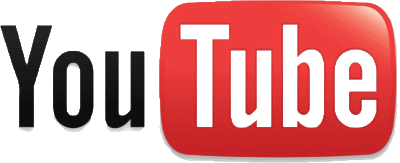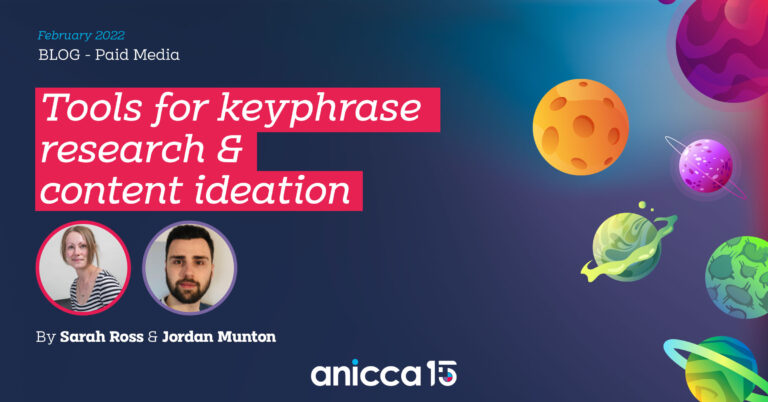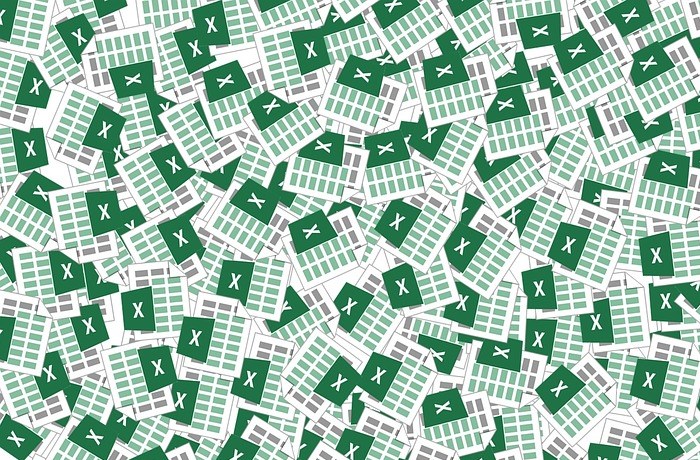Google Tightens It’s GDN Ad Policies Following Recent Fall Out
Over the last few weeks there have been several high-profile brands pulling their ads from Google, particularly YouTube and the GDN. This is as a result of their ads appearing against content that does not align with their brand values.
Fears ran high that ads were appearing against extremist videos, and you can see why this would ring alarm bells, not just for these large advertisers such as Marks & Spencer’s but anyone who has ads running across the YouTube network.
With anyone with access to a ‘connected’ device able to create content and put it out there onto the world-wide web you can quickly see the huge task that lays in front of Google’s algorithms and systems to decide where your ads may appear, and removing content that is deemed inappropriate or offensive.
Google has since reacted and issued a public apology and has vowed to crack down quickly on this and adjust their ad policies with immediate effect, as well as their content review process.
So, what does this now mean for advertisers and how can you work with this to control more easily where your ads are appearing. This is what Google has outlined as its key focus areas to combat the issue:
Tougher Rules on Where Ads Are Eligible to Appear

As of March 21st, Google is to take a tougher stance on any content that is deemed to be ‘hateful, offensive and derogatory’. Google says this means that ads will be removed more effectively from content that is seen to be harassing and discriminating against people. Whether this is based on their race, religion, gender or any other similar category.
They are also toughening up there safeguards to ensure that ads are only eligible to appear on legitimate content creators pages that are a part of their YouTube Partner Program. This should cut back on ads appearing on pages who impersonate another channel or that ‘violate their community guidelines’.
Finally, they are reviewing their existing guidelines on what content will be allowed onto the platform in the first place and not just about which content is able to be monetised through ads.
Increased Controls for Advertisers
Each company has its own set of brand guidelines, and running on the display network it has always been a tricky job to ensure that every place your ad is appearing falls within these.
With increased controls Google is now set to make this task a little easier, it has outlined the following key components:
· Safer Default Settings – This means that ads will only show initially on content that meets ‘a higher level of brand safety’. From this potentially objectionable content will be excluded as default. Brands will then have the choice to opt in to these broader contents should they wish.
· Simplified Management Process – At present exclusions can only be applied at ad group or campaign level. Google however is set to introduce account level controls which will make it easier to exclude specific sites or channels across all of your Display Network campaigns.
· Fine Tuning of Controls – New controls will allow you to exclude higher risk content and really fine-tune where you want your ads to be appearing. It has not yet been said how exactly this will work but it may be in the form of topic and/or category exclusions.
Expansion of Resources & Accelerated Reviewal Process
Up until now when a video is flagged by a user as inappropriate the Google team will endeavour to have the video reviewed and action taken within 24 hours of the initial complaint.
Under Google’s new policy, with the introduction of additional staff to increase capacity and develop their already advanced AI & machine learning systems, they will soon be able to resolve these cases in less than a few hours.
Increased Transparency
With these updates, Google is bringing increased transparency and visibility to advertisers. This includes further visibility on where ads are being shown. This is also set to be expanded so that video-level reporting will be more widely available with added levels of detail.
To Summarise
These additional levels of control, new policies and visibility are a welcomed update to Google’s current Display Network operations. They should enable advertisers to better control what content their ads are shown alongside.
Staying on top of display placements, especially when you have very strict brand guidelines, can be a time-consuming task. See here how we can help with management or consultancy on display & video campaigns, or call us on 0116 298 7496 to speak with one of our specialists.







